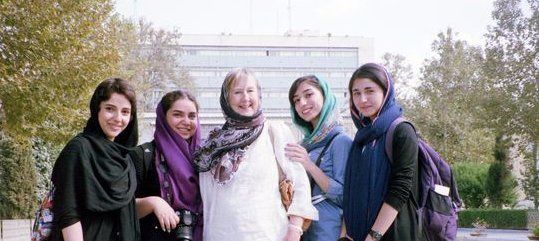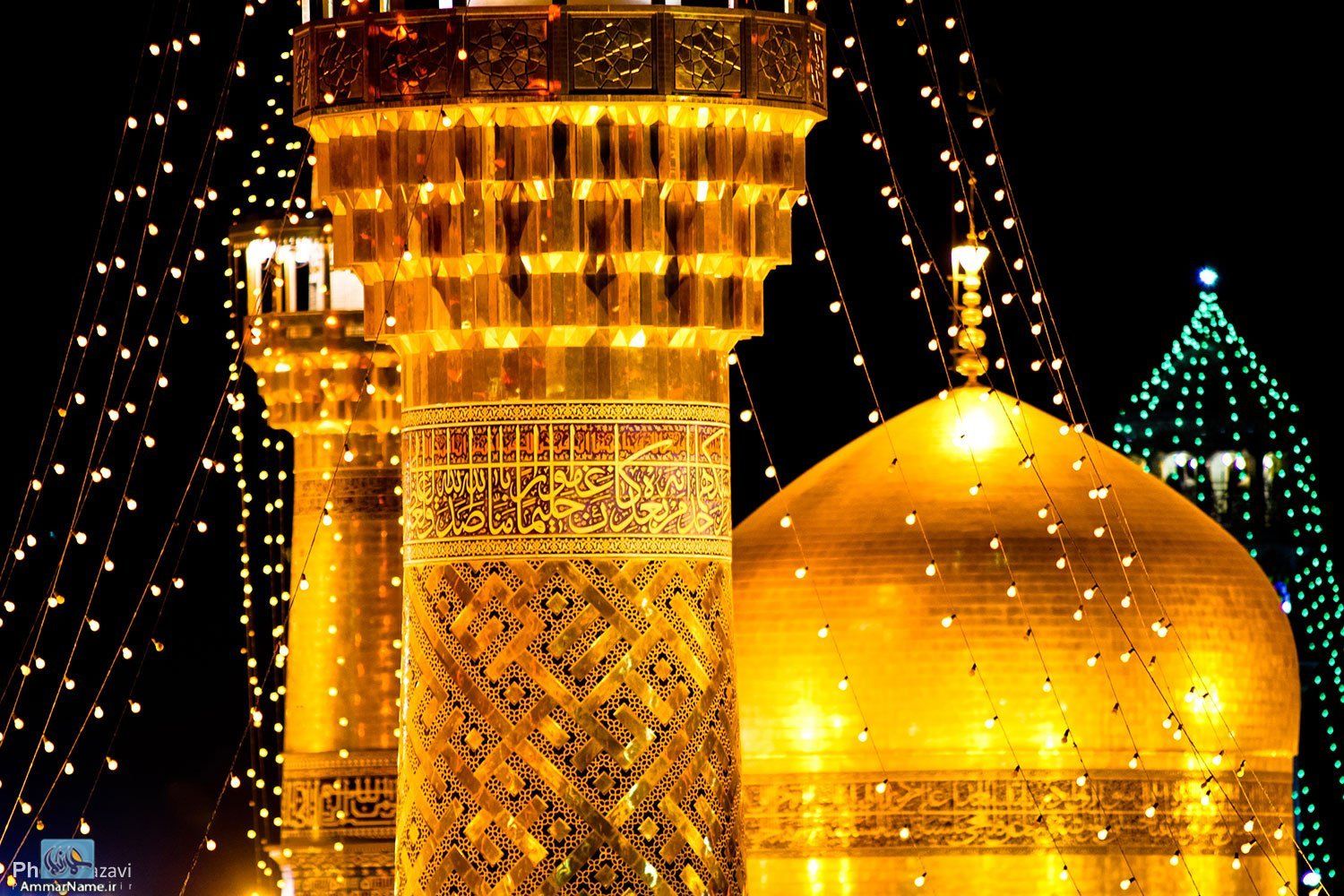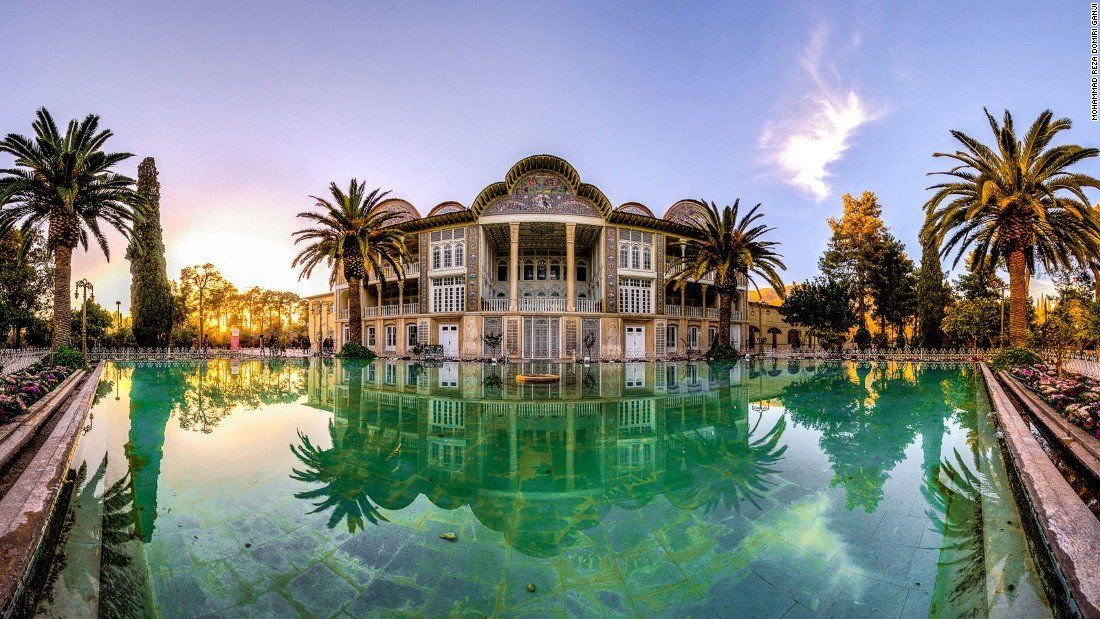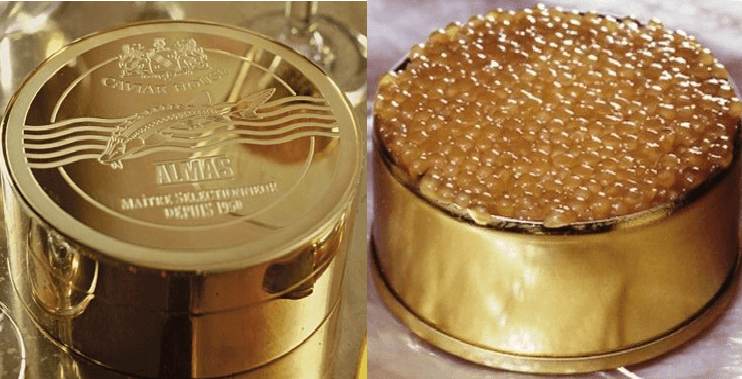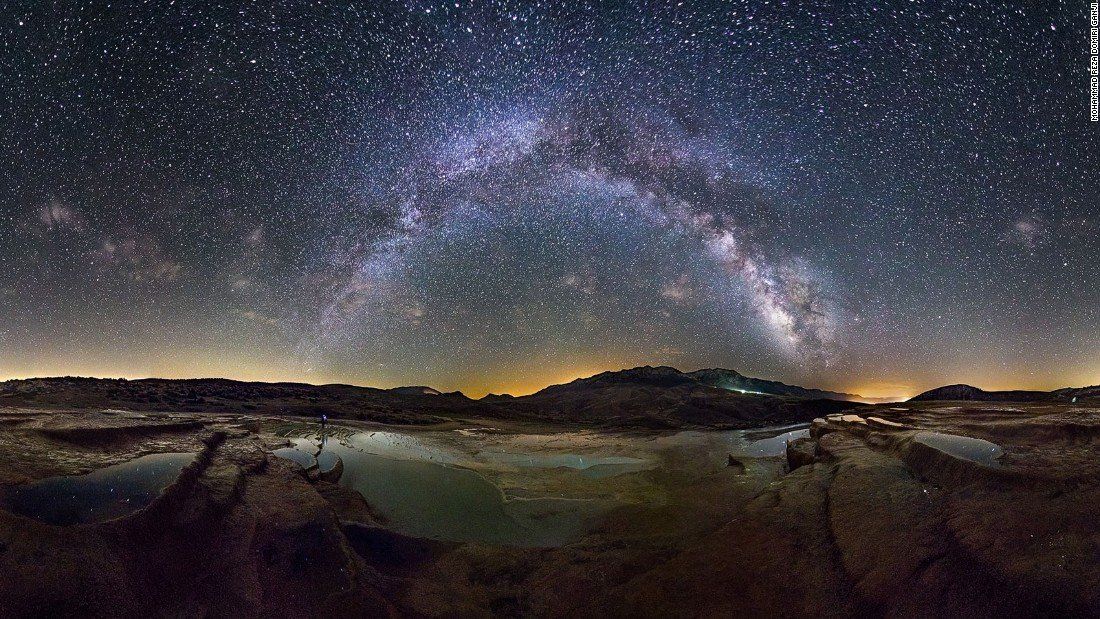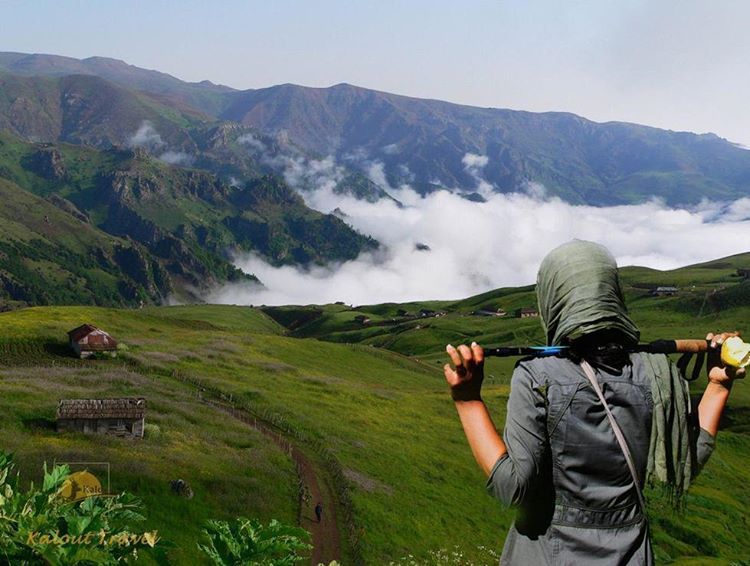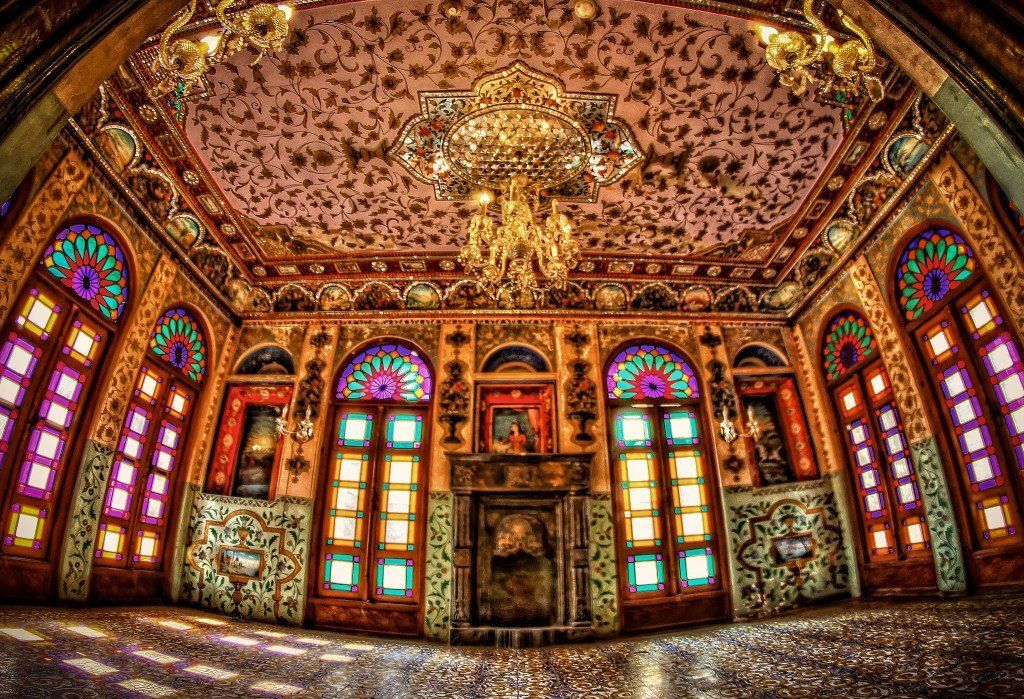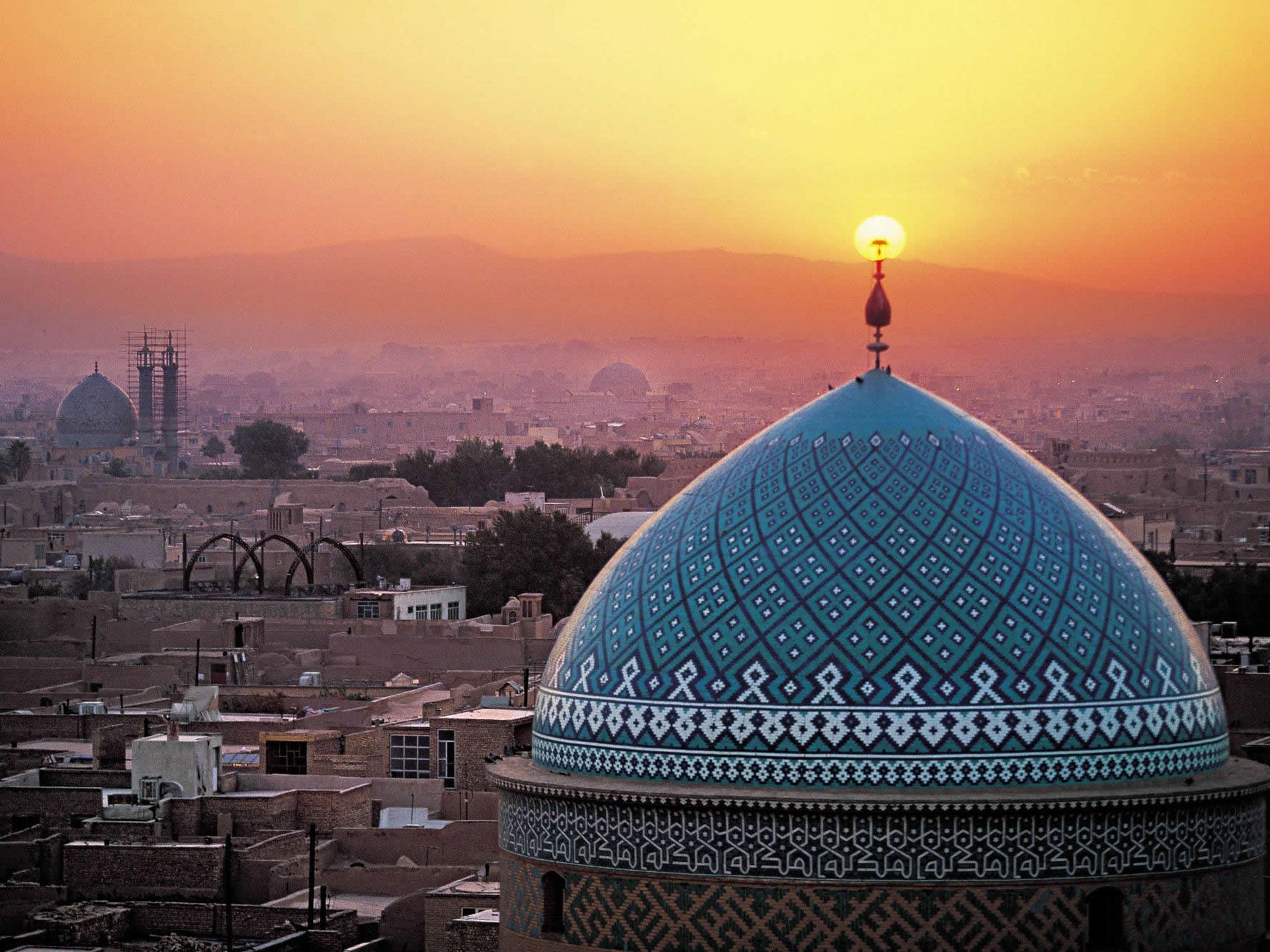About Iran
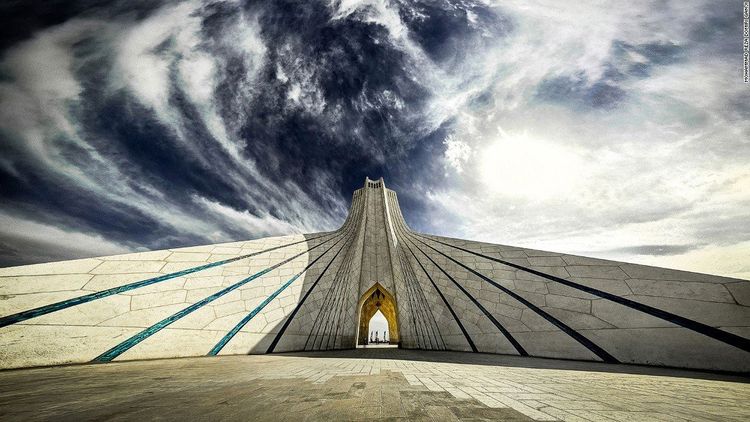
Iran, or as it was once known-Persia, has long been the seat of civilization and high achievements in poetry, art, architecture, science and history. Names like Darius, Xerxes, Alexander the Great, Rustam, Omar Khayyam, Hafiz, Saadi, Shamsh Tabriz, Attar and Ibn Sina just to name a few, are all amongst the great achievers who left great contributions to the world we live in today. Despite all the political developments in the last decade, most of the archaeological and historical sites have been very well preserved. Centers like Susa, Persepolis, Shiraz, Isfahan, Mashhad, Kerman, Bam, Hamadan, proudly portray rich history even today.
Iran General Information
Full name: Islamic Republic of Iran
Population: 75.6 million (UN, 2012)
Capital: Tehran
(app. 12 million)
Other large cities:Mashhad
(2.592 million); Isfahan
(1.704 million); Karaj (1.531 million); Tabriz
(1.459 million)
Area:1.65 million sq km (636,313 sq miles)
Population: (2011 est.): 78,868,711 (growth rate: 1.247%); birth rate: 18.52/1000; infant mortality rate: 41.11/1000
Life expectancy: 72 years (men), 75 years (women) (UN)
Languages:
Persian (official) 53%, Azeri Turkic and Turkic dialects 18%, Kurdish 10%, Gilaki and Mazandarani 7%, Luri 6%, Balochi 2%, Arabic 2%, other 2%
Religions: Islam 98% (Shi'a 89%, Sunni 9%); Zoroastrian, Jewish, Christian, and Baha'i 2%
Political system: Islamic theocracy (since the Pahlavi monarchy was overthrown on Feb. 11, 1979)
Chief of State: Ayatollah Ali Khamenei (1989)
President: Hassan Rouhani (2013)
Monetary unit: 10 Iranian rials = 1 toman
Main exports: Petroleum, carpets, agricultural products
International dialling code: +98
Full name: Islamic Republic of Iran
Population: 75.6 million (UN, 2012)
Capital: Tehran
(app. 12 million)
Other large cities:Mashhad
(2.592 million); Isfahan
(1.704 million); Karaj (1.531 million); Tabriz
(1.459 million)
Area:1.65 million sq km (636,313 sq miles)
Population: (2011 est.): 78,868,711 (growth rate: 1.247%); birth rate: 18.52/1000; infant mortality rate: 41.11/1000
Life expectancy: 72 years (men), 75 years (women) (UN)
Languages:
Persian (official) 53%, Azeri Turkic and Turkic dialects 18%, Kurdish 10%, Gilaki and Mazandarani 7%, Luri 6%, Balochi 2%, Arabic 2%, other 2%
Religions: Islam 98% (Shi'a 89%, Sunni 9%); Zoroastrian, Jewish, Christian, and Baha'i 2%
Political system: Islamic theocracy (since the Pahlavi monarchy was overthrown on Feb. 11, 1979)
Chief of State: Ayatollah Ali Khamenei (1989)
President: Hassan Rouhani (2013)
Monetary unit: 10 Iranian rials = 1 toman
Main exports: Petroleum, carpets, agricultural products
International dialling code: +98
The Islamic Republic of Iran, formerly known to outsiders as Persia, is one of the centers of ancient human civilization. The name Iran comes from the word Aryanam, meaning "Land of the Aryans". Sited on the hinge between the Mediterranean world, Central Asia, and the Middle East, Iran has taken several turns as a superpower empire, and been overrun in turn by a number of invaders.
Iran is bordered on the north by Armenia, Azerbaijan, Turkmenistan, and the Caspian Sea; on the east by Afghanistan and Pakistan; on the south by the Gulf of Oman, the Strait of Hormuz, and the Persian Gulf; and on the west by Iraq and Turkey.
Physiographic Regions
Iran is dominated by a central plateau, which is about 1200 m (about 4000 ft) high and is mostly ringed by mountain chains. In the north, paralleling the southern shore of the Caspian Sea, are the Alburz Mountains. The highest peak in Iran, Mount Damavand (5604 m/18,386 ft), is part of this mountain system. The Caspian Sea, at 28 m (92 ft) below sea level, is the lowest point in Iran. Along the western border Zagros Mountains extend southeast to the region bordering the Persian Gulf. Mountains of lower elevation lie to the east of the central plateau. Except for the relatively fertile plateaus of the northern Iranian provinces of Azerbaijan, mountain soils are thin, heavily eroded, and infertile. The narrow Caspian coastal plain, in contrast, is covered with rich brown forest soil. The other generally flat area is the plain of Khuzestan in the west.Two great deserts extend over most territory of central Iran. The Dasht-e Lut is covered largely with sand and rocks, and the Dasht-e Kavir is covered mainly with salt. Both deserts are inhospitable and virtually uninhabited. In winter and spring small streams flow into the Dasht-e Kavir, creating little lakes and swamps. In other times of the year both deserts are extremely arid.
Rivers and Lakes
Most of Iran’s rivers flow only during part of the year, when precipitation is heavy. The country’s principal rivers flow off the mountains on the slopes facing the Caspian Sea, the Persian Gulf, or the Gulf of Oman. The Karun River, flowing from the Zagros Mountains to the Shatt al Arab at Khorramshahr, is the country’s main navigable river. Besides the Caspian Sea, Iran has few large lakes. Most shrink in size during the hot, dry summer and have a high salt content because they have no outlet to carry away the salt left when the water evaporates. The largest water body entirely within Iran is Lake Orumieh, located in the northwest of Iran.
Climate
Iran is divided climatically into three main regions: the extremely hot coast along the Persian Gulf and the Gulf of Oman; the temperate but arid central highland; and the tableland of the intensely cold Alburz Mountains. The average temperature range in Tehran on the interior plateau is -3° to 7° C (27° to 45° F) in January and 22° to 37° C (72° to 99° F) in July. The average range in Abadan on the Persian Gulf is 7° to 17° C (44° to 63° F) in January and 28° to 44° C (82° to 112° F) in July. Average annual precipitation in Tehran is about 250 mm (about 10 in), and in Abadan is less than 200 mm (less than 8 in).
Vegetation and Animal Life
On the semihumid plateaus of Iran, grass cover is used for grazing livestock. The Zagros Mountains have a semi humid forest cover dominated by oak, elm, pistachio, and walnut trees. On the seaward slopes of the Alburz Mountains and on the Caspian plain, vegetation is abundant. In these areas broadleaf deciduous trees such as ash, elm, oak, and beech flourish, along with some broadleaf evergreens, ferns, and shrubs. On the arid plateaus, scrub and cactus growth dominate. Iran has a wide variety of native wildlife including the rabbit, fox, wolf, hyena, jackal, leopard, deer, porcupine, ibex, bear, badger, weasel, and tiger. Pheasants and partridges are found inland; pelicans and flamingos breed along the Persian Gulf. Sturgeon, whitefish, and herring inhabit the Caspian Sea.
For various reasons, organizing a tour of Iran is not easy to say the least. Our Persian tours
are for lovers of history, culture and art, and for those who want to be able to see and experience the moulding of a nation. These are tours for the well traveled and, despite the fact that the quality of hotel accommodation may not meet the typical stereotype "deluxe" - and it is not meant to offer that - they offer very clean and comfortable facilities. All our tours have been well received with traditional Persian hospitality and have come back extremely satisfied and impressed with the tours and services they have experienced in Iran. Today we also do theme tours which have included visiting the legendary Persian Gardens, private and deluxe train journeys, culinary, architecture as well as including private home visits.
サービス一覧
-
Iran Attractions
Iran Attractions -
Iran Cities
Iran Cities -
Iranian Culture
Iranian Culture -
Iranian Foods This is a text area. Writing in paragraphs lets your visitor find what they are looking for quickly and easily. Edit the text in the list editor.
Iranian Foods -
Climate in Iran
Climate in Iran -
衣類
衣類 -
Arts & Sciences of Iran
Arts & Sciences of Iran -
Languages in Iran
Languages in Iran -
Iran Traveling Tips
Iran Traveling Tips -
Iran World Heritage Sites
Iran World Heritage Sites -
Articles
Articles -
Iran History
Iran History -
手工芸品
手工芸品 -
Iran Visa on Arrival
Iran Visa on Arrival -
Travel to Iran
Travel to Iran -
イランの医療制度
イランの医療制度 -
Iran Railway
Iran Railway -
Tehran Subway
Tehran Subway -
Iran Map
Iran Map
























